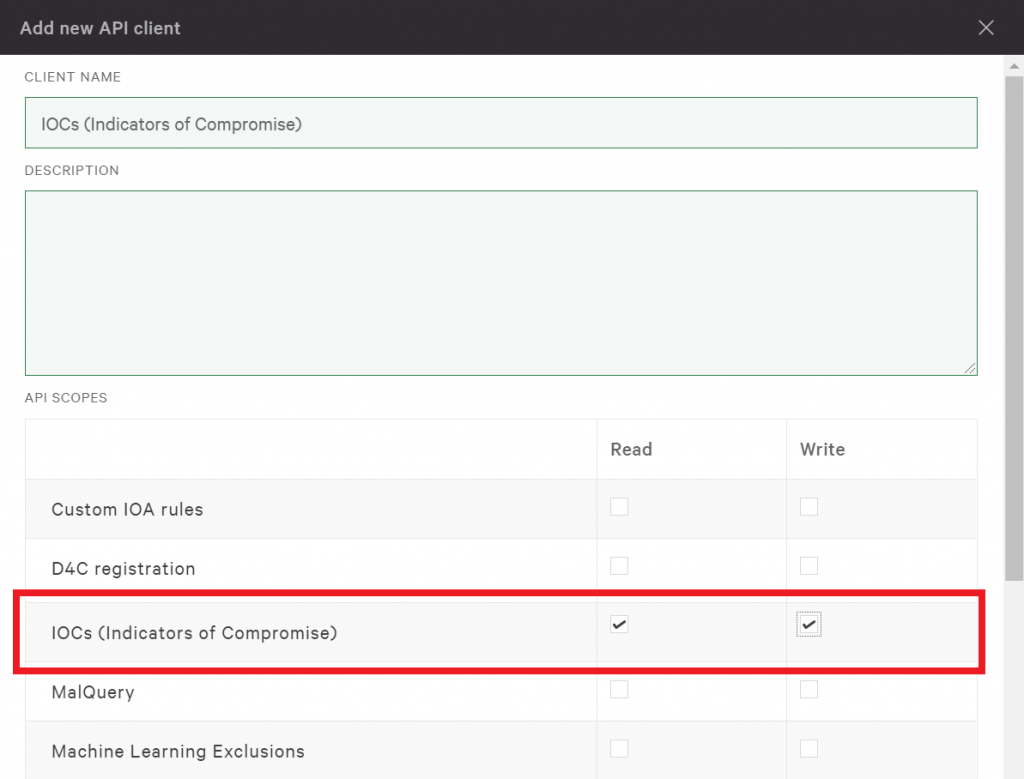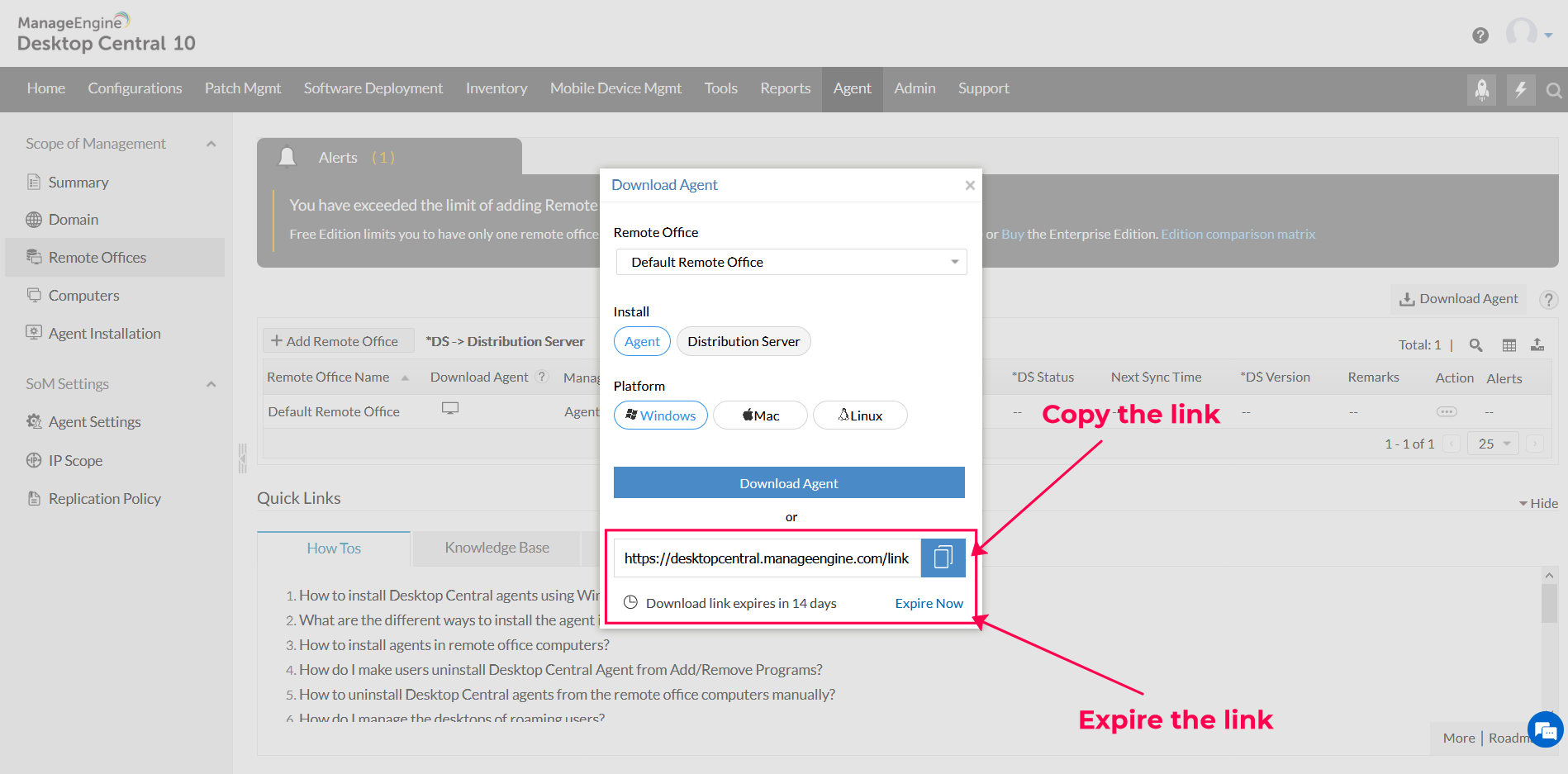

This value specifies the path to the OpenID v2.0 config file. Turned out that the OpenID specification url ' openid -config url' had to be supplied to the policy for it to work.
#Remove identity api scope approval ui code
To dig further, API Management has error handling feature which can be added to the policy code to get the details of the error and troubleshoot : Īfter error handling didn't help and weirdly the test threw a 500 Internal Server Error. This call fails with 401 Unauthorized however we expected the call to succeed. From the Inbound processing section, a new policy can be added through the 'Add Policy' button. In the API management instance, we navigate to our API and select the /Applications endpoint. Then we will also verify the case that ' MyOrg-API-Consumer-Devices' SPN cannot hit the ' /Applications' endpoint since it only has access to ' /Devices' So we will validate that the access policy works when this endpoint is hit. The client SPN ' MyOrg-API-Consumer' from has access to the ' /Applications' endpoint.

Let's configure a policy for ' /Applications' endpoint. Since we want to restrict access to the APIs based on specific roles, we will configure a Validate-JWT policy that validates the 'roles' claim in the access token:

Create a new one through Azure portal and import the Azure Function App in API management, some guidance provided here : ĪPI Management allows us to configure access restriction policies. To secure the API we built in the previous post, we will create and configure an API management instance. The first part of this post can be found here :

The Script is intended to be used on PowerShell Core with latest Az module version to enable the use of ' Get-AzAccessToken' command.Ĭonfigure the ' $ipRules' and ' $vnetRules' in the script to configure access restrictions.
#Remove identity api scope approval ui update
The script below authenticates to AAD using a Service Principal, which has been assigned a custom RBAC role (with permissions explained above) on the API consumer's Virtual Networks and uses the Azure Management API to update ' ipSecurityRestrictions' in web site's config. Till the time (if and when ?) cross subscription whitelisting is available in Azure CLI/Az PowerShell, this can be achieved using the Azure Management REST API. However, NOTE : that if you wish to whitelist a Virtual Network that lies in a different subscription, this isn't supported in Azure CLI at the time of writing this blog post. One way to achieve this is by Azure PowerShell or Azure CLI. The use of individual user accounts for configuring access restriction can be avoided by automating this operation using a Service Principal identity. The client with object id '' has permission to perform action 'Microsoft.Web/sites/config/write' on scope '/subscriptions//resourceGroups/SharePointSiteProvisioningAPI/providers/Microsoft.Web/sites/SiteProvisioningAPI/config/web' however, it does not have permission to perform action 'joinViaServiceEndpoint/action' on the linked scope(s) '/subscriptions/ /resourceGroups/CloudCenterOfExcellenceRG/providers/Microsoft.Network/virtualNetworks/CloudCOE-Vnet/subnets/CloudCOE-Subnet-SiteProv' or the linked scope(s) are invalid.Īutomate access restriction configurations using a Service Principal : The failure message can be seen in detail through the Azure CLIĪz webapp config access-restriction remove -g SharePointSiteProvisioningAPI -n SiteProvisioningAPI -rule-name "Cloud COE IP-1" For example, if the access of a user account configuring these policies is removed from the " Cloud COE" VNET, an attempt to add or remove a policy fails.To get around this issue, the VNET from which user's access was revoked must be removed from the configuration first. This means that individual user accounts from the API's development/operations team will have access to consumer's VNETs.Ģ) The user account must continue to have access on these virtual networks in order to be able to make any changes to the access restriction configurations.


 0 kommentar(er)
0 kommentar(er)
